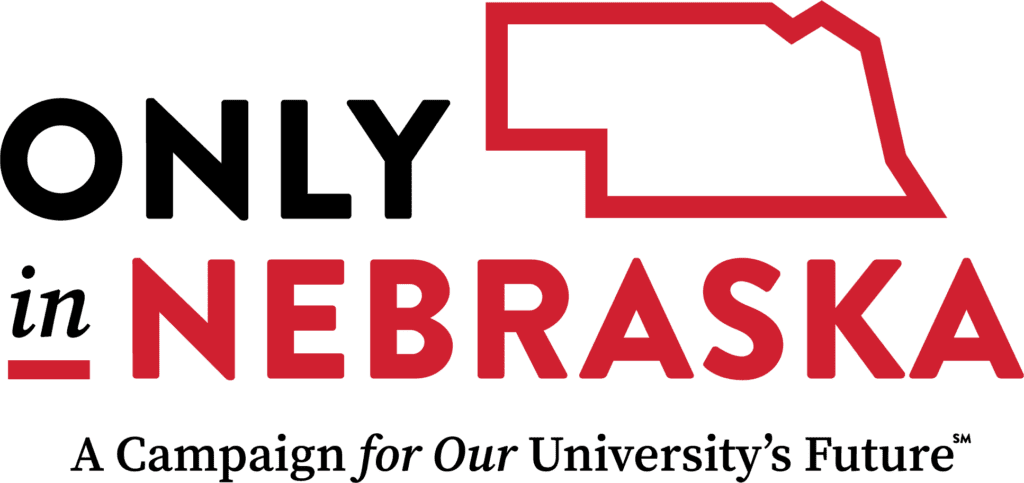Honoring Nebraska’s rural educators
One room. One teacher.
One September morning in 1947, a dark-haired girl opened the door of a country school in Kearney County and looked around:
One desk for her at the front, facing the smaller desks for her students – little kids in front, big kids in back.
One dictionary. One flag. One pendulum clock on the wall that she’d need to wind. One pot-bellied stove in the middle of the room that she’d need to feed in the winter, to keep the kids from freezing.
One room. One teacher.
Miss Mary Lou Martin.
It was the girl’s first day as teacher in District 54 – about 10 miles east of Minden, Neb. – and the first day of a long career as a teacher for that girl, who’s now Mary Lou Kristensen.
“I was 17 years old that first year, just three years older than my eighth-grader. But I was confident. I knew exactly what I was supposed to do.”
She laughs.
“Or at least I thought I did.”
Mary Lou taught in rural schools for two years, saved her money ($1,250 the first year, $400 more at her second school in Adams County) and then earned a teaching degree from Nebraska Teachers College, now UNK. She’s 82 years old now, and one of a dwindling number of one-room teachers who remember the days when those schools dotted the Nebraska countryside, when one-room teachers worked hard – and overcame many hardships – to educate generations of Nebraskans.
UNK wants people for generations to come to remember these teachers and their schools. That’s why it created a new scholarship program in their honor.
“One Room. One Teacher.”
UNK will install plaques with the names of rural teachers and their schools on a wall of honor at the College of Education. Many of those teachers are alums like Mary Lou. But UNK wants to honor non-alums, too, so anyone who taught in a rural school in Nebraska is eligible for the honor.
Says UNK Chancellor Doug Kristensen: “We’ll be able to remember the heritage of where education began in this state and what really made it strong, and I think that there’s a number of people who will feel really good and have a passion about one of the strongest Nebraska traditions – that of the country school.”
Those one-room schools played a big role in the history of UNK, which opened its doors in 1905. It was called the Nebraska State Normal School back then. Its mission was to prepare teachers for rural Nebraska. In the century since, UNK has educated and prepared more than 20,000 teachers.
Mary Lou, who attended a one-room school herself as a student, is delighted to support the One room. One teacher effort.
“I think it’s terrific,” she says. “I just think those schools played a vital part in the history of our state.”
She lives in Minden. The town, not far south of Kearney, is the home of Pioneer Village, “Nebraska’s #1 Attraction,” according to the billboards along Interstate 80. She tells her stories of the old days as she sits in an actual one-room schoolhouse in Pioneer Village. This school was moved here from a few miles southeast of town and is actually the same one-room schoolhouse her husband attended as a boy.
You can still see his brother’s initials carved on a desk.
Her husband had blonde curls. Mary Lou opens an old album to a page with a photo of him, standing outside the school with his brother and other classmates. They’re dressed as knights and are holding up paper castles for the camera – an art project that had something to do with being a good citizen.
She’s researched the one-room schools of Kearney County. She can tell you that Kearney County alone used to have 69 one-room schools, spread evenly across the land so that most students didn’t have to walk or ride their horse more than three miles to reach one. Few of those buildings remain, she says, except for the ones people have turned into garages or sheds or quaint country homes.
The one-room school she attended as a kid sat on a corner of her family’s farm near Kenesaw. Like other rural schools, it also served as a gathering spot for neighborhood potlucks and Christmas parties. The kerosene lamps on the walls would dim on those winter nights when people packed inside, sucking up oxygen. Having attended such a school helped make her so confident that first day as a teacher in 1947. She knew her duties well:
Fetch water from the well … ring the hand bell at 9 to call the students inside … lead them in “The Pledge of Allegiance” as portraits of Abe Lincoln and George Washington watch from the walls (every rural school in Kearney County, she says, had those same two portraits) … conduct the health inspection. Fingernails clean? Teeth brushed? Hair combed? … lead them in exercises beside their desks … play the piano as they sing … teach them reading, writing, arithmetic and good manners … answer their questions and requests.
One finger in the air meant you wanted to talk to another student. Two fingers meant you wanted to get a drink of water or sharpen your pencil. Three fingers meant you wanted to go to the outhouse.
One outhouse for the girls. One for the boys.
“Often you got a ‘no’ on that,” Mary Lou says, “because you were supposed to take care of that at recess.”
She was not only the school’s only teacher. She also was its only nurse and its only janitor. She swept and scrubbed. She banked the fire each cold night to keep it going so the school would be warm in the morning. Most nights, she didn’t get home until 7, and then she had a stack of papers to correct.
“They were your kids,” she says. “You took care of them. Sometimes with the first-graders and the second-graders, their attention span wasn’t too long. So I’d send them out maybe 10 minutes early for recess, and you’d see them peeking in from outside the window.”
Another goal of UNK’s One Room, One Teacher effort is to preserve the stories from those teachers like Mary Lou. And like this story from UNK alum Doris Murray of Axtell, Neb., who turned 90 this year:
“We had this basement, and it had windows. I’d be outside with the kids at recess and I’d look down through the window. And you know how the sun would shine in and there’d be a big old bull snake lying in the sun. And then I had to go down the stairs and he’d be gone. He must have heard me coming and he’d hide. I loved having him there because he ate mice. I didn’t have any mice. He ate them all.”
Doris taught in one-room schools for 17 years in Phelps and Buffalo counties. She also attended a one-room school as a kid. One day when she was one of the little kids, lightning struck the school’s chimney and came down the pipe of the stove, right in front of her desk.
“I saw a basketball-size of fire right in front of me,” Doris says. “We children all screamed and ran out of the school and ran a half mile down to a lady’s house, and the poor teacher stayed in the schoolhouse. She didn’t want to leave!”
Mary Lou Kristensen told stories of the old days to her own kids, who attended schools in town. One son grew up to become an educator himself – Doug Kristensen, chancellor of UNK.
She smiles.
“My son keeps telling me, ‘Oh, my gosh. Whoever learned anything? You didn’t know what you were doing right out of high school – you had no training.’
“I tell him, ‘Well, you knew what needed to be done and you just did it.'”
To honor the one-room or country school teacher in your life, give online to UNK’s “One Room. One Teacher” Scholarship Fund or call the foundation’s Tracy Lungrin, 308-698-5278.





